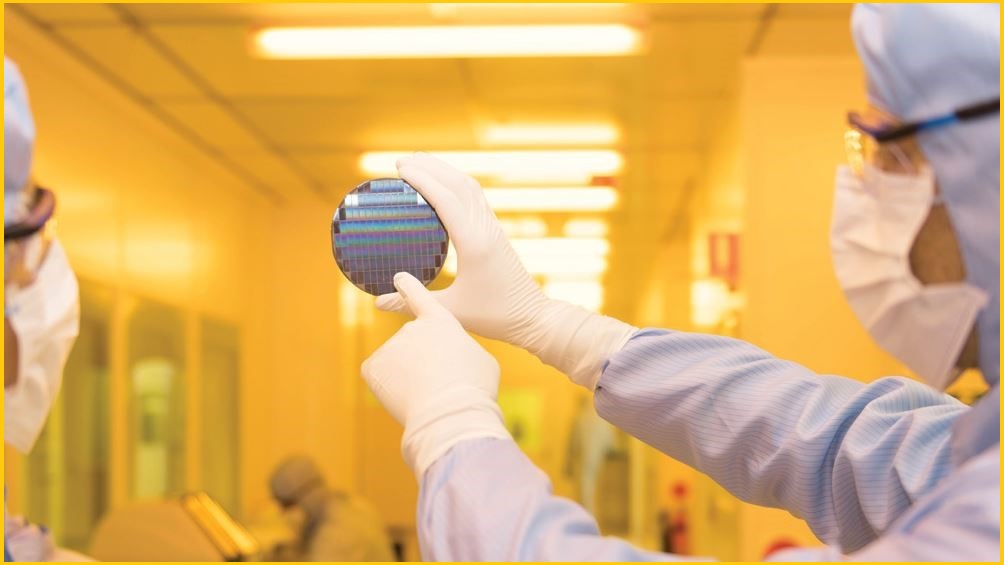The University of Sydney will spend $7.4 million to expand its nanoscience facilities and encourage early-stage quantum computing companies to scale up their operations at its inner-city campus.
The upgraded facilities will be called the Future Qubit Foundry, in reference to the unit of information in quantum computing, the quantum bit (qubit).
Deputy Vice-Chancellor Professor Emma Johnston said the dedicated quantum technology foundry will “put us at the forefront of next-generation design of qubits, the heart of quantum computers”.
“Crucially, it will also help ensure Australia can train the quantum workforce needed to operate tomorrow’s quantum tech,” she said.
Last year, the CSIRO updated its modelling to say quantum technologies present a $6 billion opportunity for Australia’s economy by 2045 and could create 19,400 jobs.
Professor Johnston is hopeful the university “will deliver tangible benefits to the Australian economy” by training quantum technologists.
“And it will lock us into global supply chains as quantum computers come into their own,” she said.
The University of Sydney opened its $150 million Nanoscience Hub back in 2016 – thanks in part to $40 million worth of funding help from the Commonwealth and a partnership with Microsoft.
Information Age toured the facilities in 2021.
At the time, Professor David Riley, who holds a dual role with Microsoft and the university, spoke about how difficult it was to do research in its 95-year-old Physics Building prior to the Nanoscience Hub’s creation.
“We were in this building from 2009 to 2015 trying to control single electrons,” he said. “The whole building moves. The temperature goes up and down, there’s wooden floors. It’s just impossible.”
Professor Stephen Bartlett, Associate Dean of the university’s Faculty of Science, said Australia’s quantum expertise is seeing more international experts come down under to set up research teams – especially heading to New South Wales where the state government is funding the creation of a local quantum ecosystem.
“The qubit foundry will add to our national and global standing, ensuring Sydney is one of the world’s best places to research quantum technology,” Professor Bartlett said, noting that we’re still early on in the technology’s development and that there are many breakthroughs still to come.
“That’s why it’s so vital to invest now into facilities like this to accelerate qubit research.”
Quantum technology is a feature of the government’s science and technology policy as it prepares the $15 billion national reconstruction fund.
Industry Minister Ed Husic has previously said he wants to make the most of Australia’s already advanced quantum research and not repeat the history of the past.
“It absolutely burns me when I recall how there were five countries in the 1940s that built their own computers, and we were one of them – and we just gave it all away,” he said.
“We didn’t pursue our ambitions, [we were] too constrained, and we didn’t go through to make sure that we could manufacture and develop at scale.”










